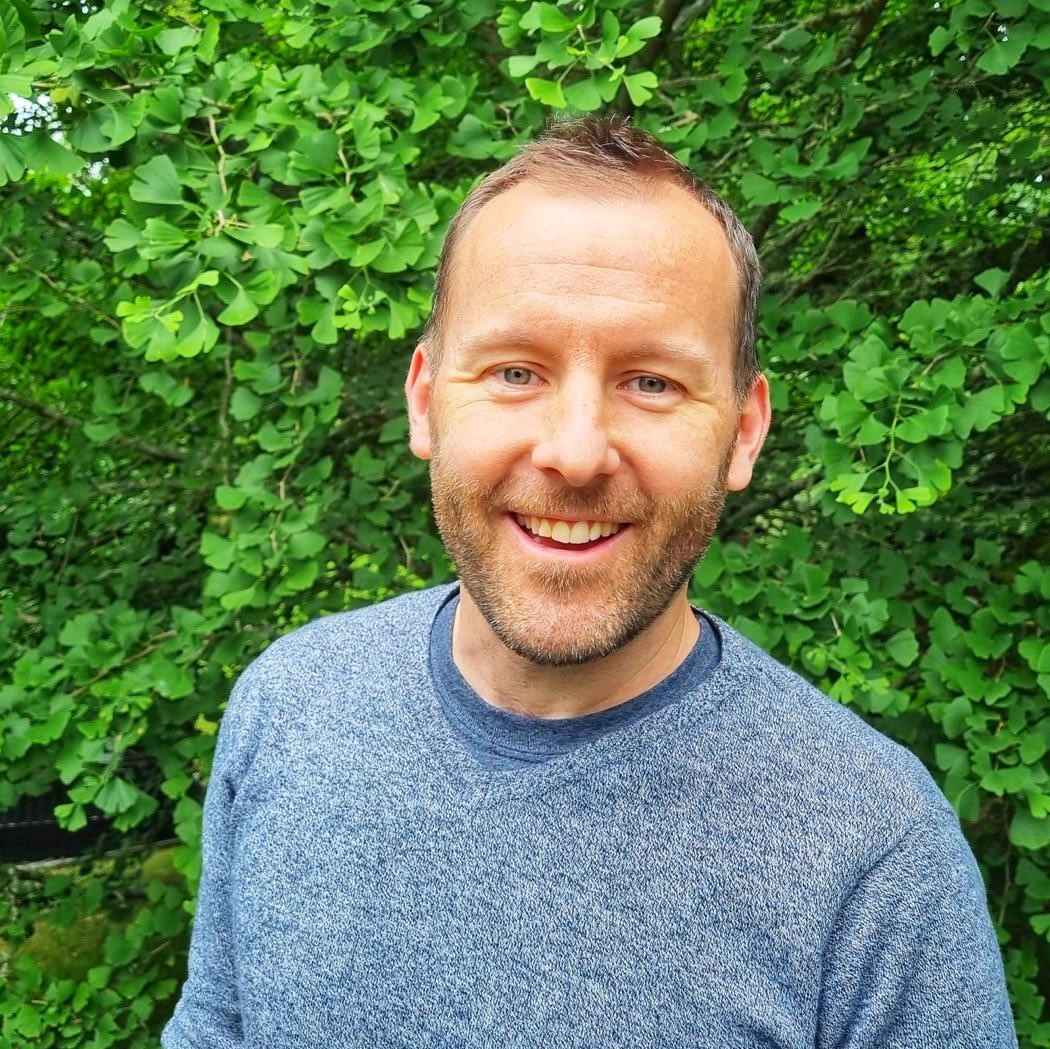
I’ve been thinking about:
Product engineering
A product engineer helps you develop software which meets the user’s needs. It’s the glue between real world usage and technical engineering. They replace what would be a number of roles (or even teams) at a larger company. This obviously saves a bunch of costs, but also makes them much more nimble and cohesive. They can do user research and then design features in a way which is efferent and achievable, then they can dive into the code to get the job done. It’s almost like a product co-founder. Someone who takes pride and ownership of the software being developed.
Read more...80/20 UX
80/20 UX makes your software a lot more useable and attractive with a minimal amount of investment. Startups and little SaaS companies need better UX to grow and reduce churn. But they often can’t find room in the budget for a UX team and don’t have anyone dedicated to it. But by smartly applying the 80/20 rule to UX, they can get big wins with a small effort.
Bang for buck development
Software craftmanship and realistic engineering is where quality meets practical constraints. On one hand we need to develop a product we’re proud of with code that is durable, on the other we need to make realistic decisions based on the time and budget available.
Onboarding
User onboarding is crucial for growth because it is where marketing meets product design. There’s no point driving tons prospects to your product if they never convert during the trial, or renew for a second or third month. If you’re a growing startup, then most of the people will use your software, haven’t used it yet. Their experience needs to prioritised.
Sensible SaaS
There’s venture funded startups, then there’s everything else. It might be bootstrapped, calm, owner funded, small funding, etc. These are the startups who have to deliver value as soon as possible. Become profitable. Do a little with a lot. Balance cost and reward. Sensible SaaS has a much higher probability of succeeding, but on a smaller scale.